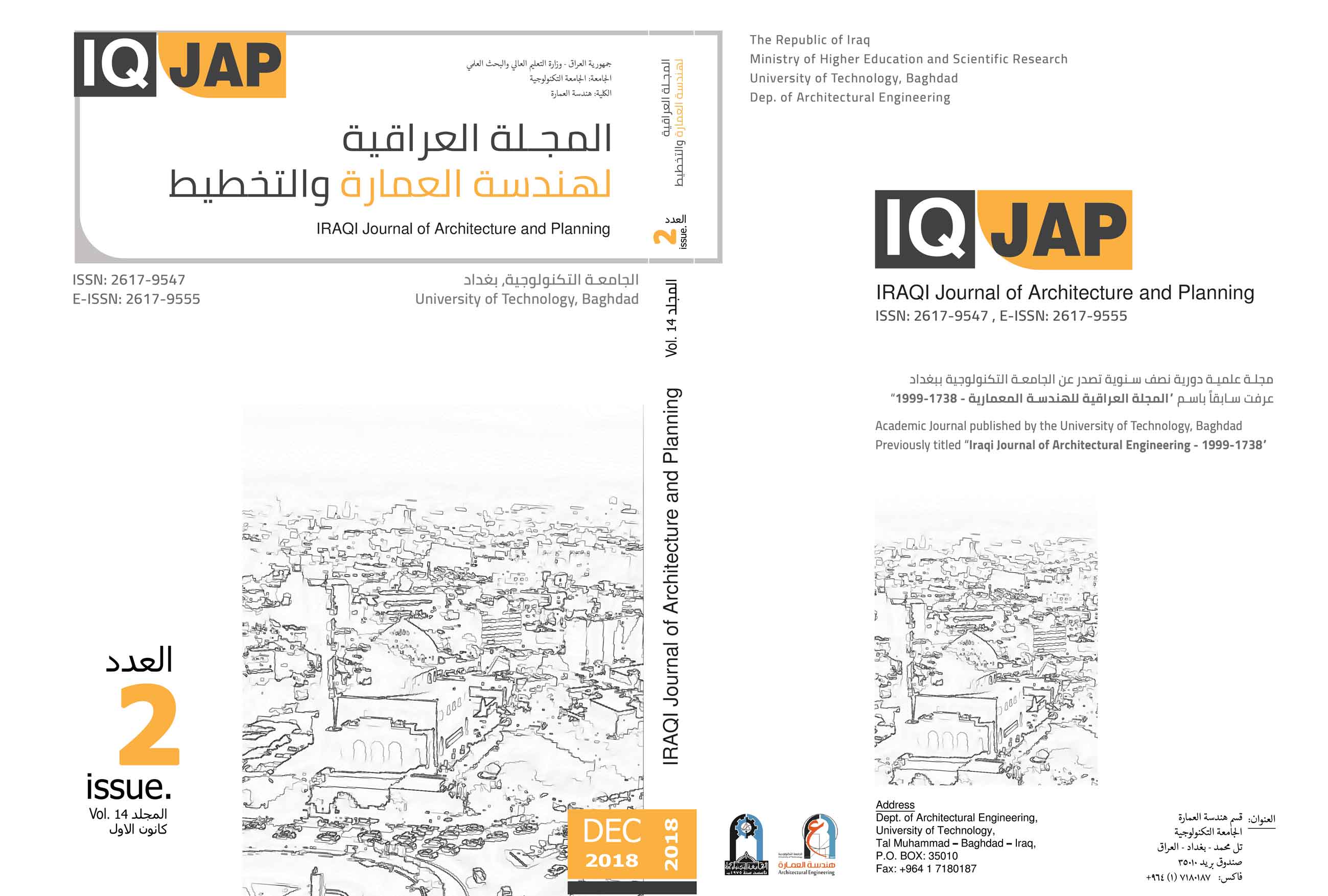The Effect of Simultaneous and Sequential Performance Evaluations on Restricting the Formal Diversity of Design
Abstract
Performance-based architectural design is an approach to consider building performance as a key element in its generation and formation. This trend has become possible due to the development of digital technologies which enabled the designer to simulate the building performance digitally in different areas of
design such as constructional, environmental, etc. In this approach, the performance assessment is an essential facility in the derivation of architectural form. Previous studies showed different opinions about where, when and how to apply evaluation criteria. Consequently, the research problem has been identified
as: there is no clear understanding of the effect of different methods of assessing performance criteria (simultaneous and sequential) on the formal diversity of design alternatives. Accordingly, the paper adopts a computerized design strategy based on specific performance criteria and using commercial CAD software to explore the impact of changing the sequence of performance criteria on the formal diversity of design alternatives. The results show that the best designs resulting from the simultaneous evaluation differ from those resulting from the sequential evaluation. In addition, designs resulting from the sequential evaluation process vary when the sequence of performance criteria adopted in the evaluation is changed.
Downloads
References
Abel, C., 2004, Architecture, Technology and Process, Oxford, UK: Elsevier.
Capeluto, G., and Yezioro, A., 2012. Foster + Partners, Perform: Performance as Producer of Architectural Form, In Performalism: Form and Performance in Digital Architecture, Grobman, Yasha J. and Neuman,Eran (eds), London: Routledge.
Fasoulaki, E.,2008. Integrated Design, A Generative Multi-Performative Design Approach, MSc. Thesis, Massachusetts Institute of Technology, USA.
Grobman, Y. J., Ron Ruth, 2011. Digital Form Finding, Generative use of simulation processes by architects in the early stages of the design processâ€. Proceeding of the 29th eCAADe: City Modeling, pp. 107-115.
Grobman, Y.J., Yezioro A. and Capeluto I.G., 2007. Performance Based Form-generation in Architectural Design – Using Performance Envelopes in a GenerativeComputer-Oriented Design Methodâ€. Proc. of Tectonics Making Meaning International Conference, Eindhoven University of Technology, Netherlands.
Kolarevic, Branko, 2004. Back to the Future: Performative Architecture International,Journal of
Architectural Computing, vol. 2 - no.1.
Kolarevic, Branko, 2003. Computing the Performative in Architecture†Digital Design, 21th. eCAADe
Conference Proceedings, Graz, Austria.
Oxman, Rivka, 2008. Performance-based Design: Current Practices and Research Issues , International journal of architectural computing, issue 01,volume 06.
Oxman, Rivka, 2009.Performative design: a performance-based model of digital architectural design,Environment and Planning B: Planning and Design, volume 36, pages 1026 –1037,
Preiser ,W. F.E. and Vischer, J. C., 2005. Assessing Building Performance, Butterworth Heinmann: Elsevier.
SHI,Xing, 2010. Performance-basedand performance-driven architecturalDesign and Optimization.Front. Archit. Civ. Eng. China 2010, 4(4): 512–518.
Turrin, M., Buelow, P. V., &Stouffs, R.,2011. Design explorations of performance driven geometry in architectural design using parametric modeling and genetic algorithms,Advanced Engineering
Informatics, 25, 656–675.
Copyright (c) 2019 Dhuha Abed al-gany Al-Kazzaz, Ayad Waleed Aswad

This work is licensed under a Creative Commons Attribution-ShareAlike 4.0 International License.
You are free to use the work, but you have to attribute (refer to) the work in the manner specified by the author or licensor (but not in any way that suggests that they endorse you or your use of the work).
IRAQI J. ARCHIT & PLANN grants you the right to publish the metadata of the journal, it's issues and articles under the terms of the Creative Commons Attribution-ShareAlike 4.0 International License.
Author(s) hold the copyright of their aricles without restrictions. However, IRAQI J. ARCHIT & PLANN holds publishing rights for articles and their revisions once the article is published.
Authors can archive pre-prints (ie pre-refereeing) and post-prints (i.e. final draft post-refereeing) versions of the work they submitted to IRAQI J. ARCHIT & PLANN using non-for-profit open-access servers whether on author's personal website and/or institutional repositories including the university or research center where the author work.. For post-prints, only the IRAQI J. ARCHIT & PLANN’s as-published PDF version is permitted and the published source (IRAQI J. ARCHIT & PLANN’s website) must be clearly acknowledged within the archiving webpage.






